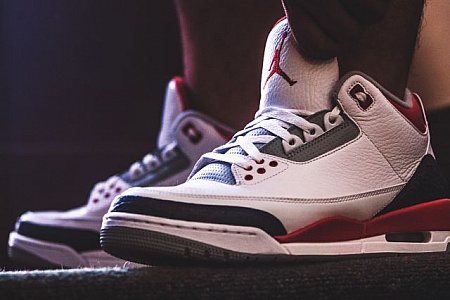As a seasoned expert in the realm of sports and fitness, I have dedicated my career to unraveling the complexities of athletic footwear, with a keen focus on soccer cleats. In this detailed discourse, we embark on a journey through the intricate world of soccer footwear, dissecting their construction, functionality, and the nuanced factors that define their performance on the pitch.
Evolution of Soccer Cleats: From humble beginnings to the cutting-edge marvels of modern engineering, soccer cleats have undergone a remarkable evolution, mirroring the evolution of the beautiful game itself. Dating back to the early 19th century, the earliest soccer cleats were rudimentary leather boots with metal studs, offering minimal protection and traction on the pitch. However, as the sport progressed and players demanded more from their footwear, soccer cleats evolved to meet the demands of the modern game.
- Material Innovation: A defining feature of contemporary soccer cleats is the use of advanced materials engineered to enhance performance and durability. Synthetic uppers, such as Nike’s Flyknit or Adidas’ Primeknit, offer lightweight support and adaptive fit, while carbon fiber plates and thermoplastic polyurethane (TPU) outsoles provide superior stability and responsiveness.
- Traction Technology: Traction is paramount in soccer footwear, as it directly impacts a player’s ability to maneuver, change direction, and execute precise movements on the pitch. Innovative stud configurations, such as conical, bladed, and hybrid designs, are strategically positioned to optimize grip and traction on various playing surfaces, from natural grass to artificial turf.
- Fit and Comfort: Comfort is a critical consideration in soccer cleat design, as players often spend extended periods on the pitch during training and match play. Anatomical shaping, padded collars, and cushioned insoles ensure a snug, supportive fit that minimizes discomfort and fatigue, allowing players to focus on their performance without distraction.
Performance Enhancement:
- Ball Control: Soccer cleats with textured uppers, such as Adidas’ Controlskin or Nike’s All Conditions Control (ACC) technology, enhance ball control and touch, allowing players to manipulate the ball with precision and finesse in all weather conditions.
- Speed and Agility: Lightweight construction, streamlined silhouettes, and responsive outsoles empower players to unleash their full speed and agility potential, enabling quick acceleration, rapid changes of direction, and explosive bursts of acceleration.
Injury Prevention:
- Ankle Support: Enhanced ankle support features, such as padded collars and internal heel counters, help prevent ankle injuries and sprains by stabilizing the foot and ankle during dynamic movements and sudden changes in direction.
- Impact Absorption: Advanced cushioning technologies, such as Nike’s Zoom Air or Adidas’ Boost foam, provide superior shock absorption and impact protection, reducing the risk of foot fatigue, stress fractures, and impact-related injuries during intense gameplay.
Conclusion: In conclusion, soccer cleats represent the pinnacle of athletic footwear innovation, blending cutting-edge technology, ergonomic design, and performance-enhancing features to elevate the game of soccer to new heights. By understanding the key elements that define soccer cleat design and selecting the right cleats based on individual playing style and preferences, players can optimize their on-field performance, agility, and confidence, unlocking their full potential on the pitch.


